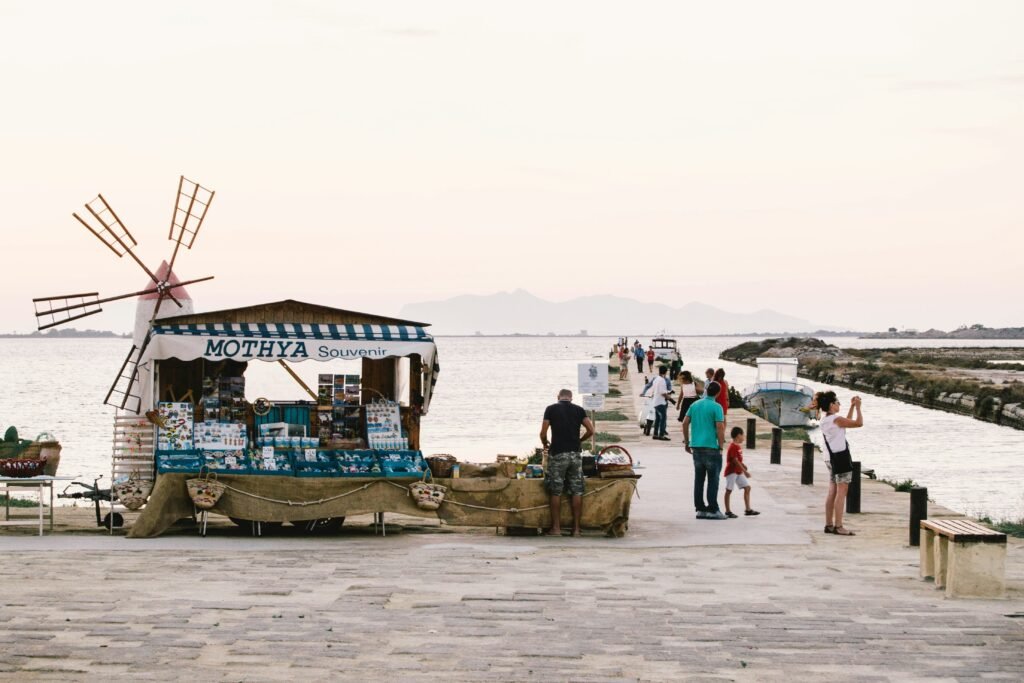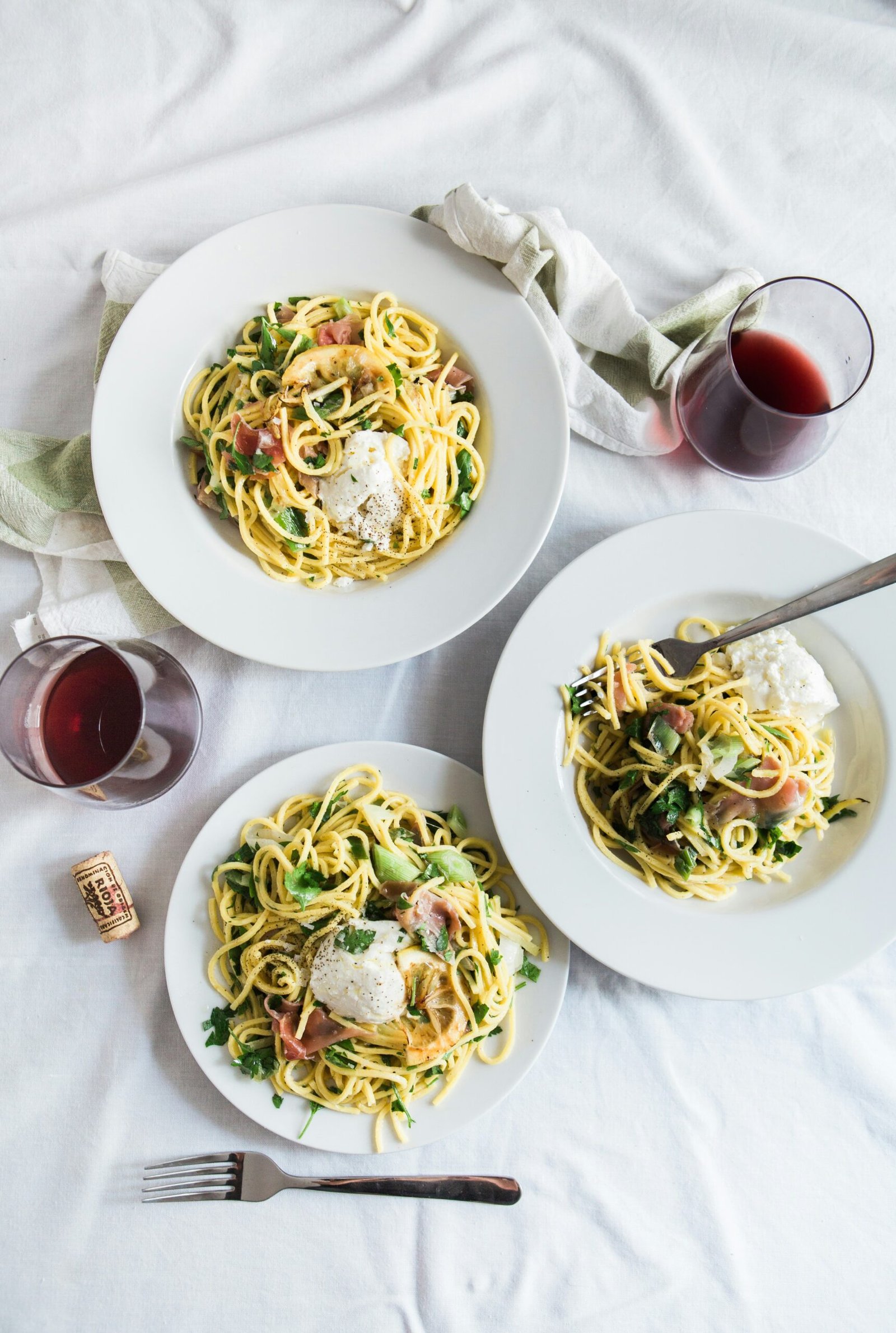Have you ever wondered how that beautiful blush colored wine, known as rosé, is made? Well, wonder no more! In this article, we will take you through the fascinating process of creating this delightful, refreshing beverage. From the careful selection of grapes to the unique techniques used to extract just the right amount of color, you will discover the secrets behind the creation of rosé wine. So sit back, pour yourself a glass, and let’s embark on a journey to uncover the artistry and science behind this beloved wine.
Factors Affecting Rosé Wine Production
Rosé wine production is influenced by several key factors, each playing a crucial role in shaping its final characteristics. These factors include grape varieties, harvesting techniques, and skin contact time.
Grape Varieties
The choice of grape varieties used in the production of rosé wine can greatly impact its flavor profile and overall quality. Common grape varieties used for making rosé include Grenache, Syrah, Mourvèdre, and Cinsault. Each grape variety contributes its unique characteristics to the blend, resulting in a diverse range of rosé wines with varying levels of sweetness, acidity, and fruitiness.
Harvesting
The timing of grape harvesting is of utmost importance in rosé wine production. In order to achieve the desired flavor and color, grapes are usually picked at an optimal level of ripeness. For rosé production, the grapes are typically harvested slightly earlier than those intended for red wine production. This ensures a higher acidity level and lower sugar content, which are essential for producing a crisp and refreshing rosé wine.
Skin Contact Time
Skin contact time refers to the period during which the grape skins are in contact with the grape juice. This is a fundamental step in rosé wine production, as it determines the wine’s color and flavor intensity. A shorter skin contact time results in a lighter-colored and more delicate rosé, while a longer skin contact time leads to a darker, more robust wine. Winemakers carefully control the duration of skin contact to achieve the desired shade of pink and flavor profile for their rosé wines.
Methods of Rosé Wine Production
There are three primary methods commonly used in rosé wine production: the limited skin contact method, the direct press method, and the saignée method. Each method involves different techniques and processes to create rosé wines with distinct characteristics.
Limited Skin Contact Method
The limited skin contact method is also known as the maceration method. In this approach, grapes are carefully sorted and destemmed before being gently crushed. The crushed grapes are then allowed to macerate with their skins for a short period of time, typically a few hours to a couple of days. This limited skin contact imparts a subtle pink hue to the juice, which is then drained off and fermented separately to produce the desired rosé wine.
Direct Press Method
Unlike the limited skin contact method, the direct press method involves pressing the grapes immediately after they have been harvested. The grapes are typically lightly crushed and then placed in a press, where they are squeezed to release the juice. This method ensures minimal skin contact and results in a pale-colored and delicate rosé. The extracted juice is then fermented to produce the desired flavor and aroma profile.
Saignée Method
The saignée method, which means “bleeding” in French, is a technique often used in red wine production. It involves “bleeding off” a portion of juice from a tank of red wine grapes during the early stages of fermentation. The bled-off juice is then fermented separately to produce rosé wine. This method not only creates rosé but also concentrates the flavors and characteristics of the remaining red wine. As a result, saignée rosé wines tend to be more robust and intense in flavor, with a deeper color.

Limited Skin Contact Method
The limited skin contact method consists of several steps that contribute to the overall production of rosé wine.
Grapes Preparation
Before the skin contact process begins, the grapes must undergo careful preparation. This includes destemming the grapes, which removes the green stems and any unwanted debris. The destemmed grapes are then sorted to remove any underripe or damaged fruit, ensuring only the highest quality grapes are used for rosé production.
Maceration Period
Once the grapes are prepared, they are then gently crushed or pressed to release the juices. The crushed grapes, including their skins, seeds, and pulp, are left in contact with the juice for a specific period of time. This is known as the maceration period, during which the color pigments and flavor compounds from the skins are transferred to the juice. The length of the maceration period varies depending on the desired style of rosé wine, typically ranging from a few hours to a couple of days.
Draining and Fermentation
After the maceration period, the juice is separated from the solids by draining or pressing. The pink-hued juice is then transferred to fermentation vessels where it undergoes alcoholic fermentation, converting the sugars in the juice into alcohol. The fermentation process is carefully monitored and controlled to ensure the desired flavor profile and balance are achieved. Once fermentation is complete, the rosé wine is often aged for a short period to enhance its complexity before being bottled and released for enjoyment.
Direct Press Method
The direct press method of rosé wine production involves pressing the grapes immediately after harvesting, resulting in a light-colored and delicate wine.
Grapes Preparation
Just like in the limited skin contact method, the grapes used for the direct press method also undergo a preparation process. The grapes are carefully destemmed and sorted to ensure only ripe and healthy grapes are used for pressing.
Pressing
Once prepared, the grapes are gently pressed to extract the juice. This pressing process is usually conducted in a pneumatic or hydraulic press, which exerts controlled pressure on the grapes to release the juice while minimizing skin contact. The extracted juice is then collected and transferred to fermentation vessels for further processing.
Fermentation
Following the pressing, the extracted juice is fermented to convert sugars into alcohol. Depending on the winemaker’s preference, fermentation may occur in stainless steel tanks, oak barrels, or a combination of both. This fermentation stage plays a crucial role in developing the desired flavor profile and characteristics of the rosé. After fermentation, the wine is typically aged briefly to allow the flavors to integrate before being bottled and made available to consumers.

Saignée Method
The saignée method is a unique approach to rosé wine production that involves “bleeding” off juice from a tank of red wine grapes during early fermentation.
Methodology
In the saignée method, the red wine grapes are typically crushed and left in a tank to begin fermentation. During the early stages of fermentation, a portion of the juice is drawn off or “bled” from the tank. This bled-off juice, which is high in sugar and relatively low in color, is then fermented separately to produce rosé wine. Meanwhile, the remaining juice in the tank continues its fermentation process, ultimately resulting in a more concentrated and intense red wine.
Fermentation
After the bled-off juice is collected, it undergoes fermentation similar to the other methods of rosé production. The sugars in the juice are converted into alcohol, and the wine develops its unique flavor profile and characteristics. With the saignée method, the resulting rosé wine tends to have deeper colors and more pronounced flavors compared to the previous methods.
Blending and Aging
Once the rosé wine has completed its fermentation, winemakers may choose to further refine the wine through blending and aging processes.
Blending
Blending is the practice of combining different batches of rosé wine to create a final product with a consistent flavor profile. This can involve blending wines produced using different methods or from different grape varieties. Blending allows winemakers to achieve a desired balance of flavors and aromas, resulting in a harmonious and well-rounded rosé wine.
Aging
While most rosé wines are meant to be enjoyed young and fresh, some may benefit from a short period of aging to develop additional complexity. This can be done in stainless steel tanks, oak barrels, or a combination of both. The aging process allows the wine to integrate its flavors and soften its texture, adding nuances and depth to the final product. However, it is important to note that not all rosé wines are intended to be aged, as they may lose their vibrancy and freshness with extended time in the bottle.

Kinds of Rosé Wine
The world of rosé wine offers a wide range of styles to suit different palates and preferences. Here are a few popular categories of rosé wine:
Dry Rosé
Dry rosé wines have minimal residual sugar, resulting in a crisp and refreshing flavor profile. These wines typically exhibit vibrant acidity and showcase the natural fruit characteristics of the grape varieties used. Dry rosé wines are versatile in food pairings and can be enjoyed on their own as well.
Semi-Sweet Rosé
Semi-sweet rosé wines have a touch of sweetness, which balances the acidity and provides a slightly richer mouthfeel. These wines often exhibit flavors of ripe berries and stone fruits, making them a popular choice for those who prefer a hint of sweetness in their rosé.
Sparkling Rosé
Sparkling rosé wines combine the refreshing qualities of rosé with the effervescence of sparkling wine. These wines can be made using any of the aforementioned production methods and can range from dry to sweet. The bubbles add a lively and celebratory element to the wine, making it a popular choice for special occasions or as an aperitif.
Rosé Wine Serving Suggestions
To truly appreciate the flavors and aromas of rosé wine, it is important to serve it at the optimal temperature and in suitable glassware. Additionally, pairing rosé with the right foods can enhance the overall dining experience.
Temperature
Rosé wine is best served chilled but not too cold, as excessive coldness can mute its flavors and aromas. The ideal serving temperature for most rosé wines is between 45-55°F (7-13°C). This ensures that the wine maintains its refreshing qualities while allowing its delicate aromas and flavors to shine through.
Glassware
When it comes to choosing the right glassware for rosé wine, a standard wine glass with a tulip-shaped bowl is ideal. This shape helps capture and concentrate the aromas, allowing you to fully experience the wine’s bouquet. The glass should be large enough to allow swirling and aeration, but not so large that it prevents you from enjoying the wine’s color and aromas.
Food Pairings
The versatility of rosé wine makes it a fantastic choice for food pairings. Its crisp acidity, delicate fruit flavors, and refreshing nature make it compatible with a wide range of dishes. rosé wine pairs exceptionally well with light salads, seafood, grilled vegetables, and mild cheeses. It is also a great accompaniment to spicy cuisines, as the wine’s freshness helps balance and complement the heat in the food.
Popular Rosé Winemaking Regions
Certain regions around the world have gained recognition for their exceptional production of rosé wines. Here are a few popular rosé winemaking regions:
Provence, France
Provence in France is often regarded as the birthplace of rosé wine, and it continues to be one of the most renowned regions for producing high-quality rosé. The region’s warm Mediterranean climate, diverse grape varieties, and centuries-old winemaking traditions contribute to the production of elegant and expressive rosé wines.
Tuscany, Italy
While Tuscany is predominantly known for its red wines, it also produces outstanding rosé wines. The region’s hilly terrain, Mediterranean climate, and winemaking expertise result in rosé wines with bright acidity, fresh fruit flavors, and a touch of Italian sophistication.
California, United States
California is a leading producer of rosé wines, thanks to its diverse grape varieties, favorable climate conditions, and innovative winemaking techniques. The state boasts a wide range of styles, from light and crisp to bold and structured, showcasing the creativity and diversity of American rosé production.
Rosé Wine Trends and Variations
Rosé wine continues to grow in popularity, and winemakers are constantly exploring new trends and variations to cater to evolving consumer preferences.
Rosé Wine Trends
One notable trend in the world of rosé wine is the increasing demand for dry, Provence-style rosé. Consumers are embracing the light, pale pink hues and the refreshing, food-friendly nature of these wines. Another trend is the rise of sparkling rosé, which combines the best of both worlds – the effervescence of sparkling wine and the vibrant flavors of rosé. The diverse range of flavors and styles available has also led to an increased interest in single-varietal rosé wines, allowing consumers to explore the unique characteristics of different grape varieties.
Variations in Color and Flavor
The color and flavor profiles of rosé wines can vary greatly depending on the grape varieties used, production methods employed, and the terroir of the winemaking region. From pale salmon to vibrant pink and even darker shades, the color spectrum of rosé is wide and visually appealing. In terms of flavors, rosé wines can range from crisp and citrusy to fruity and floral, with notes of strawberries, melons, peaches, and more. These variations ensure that there is a rosé wine for every palate preference and occasion.
In conclusion, the production of rosé wine involves a careful interplay of factors such as grape varieties, harvesting techniques, and skin contact time. With methods like limited skin contact, direct press, and saignée, winemakers can craft a diverse range of rosé wines to suit different preferences. Blending and aging further contribute to the refinement and complexity of rosé wines. From dry to semi-sweet and sparkling, there is a rosé wine option for every taste. Serving rosé wine at the right temperature, in suitable glassware, and paired with complementary foods enhances the overall enjoyment of the wine. Popular rosé winemaking regions like Provence, Tuscany, and California have mastered the art of producing exceptional rosé wines. With ever-evolving trends and variations in color and flavor, the world of rosé wine continues to captivate and delight wine enthusiasts worldwide.

Franco Deville, an esteemed wine connoisseur and author, is the visionary behind “Wines of Madeira.” His extensive background in viticulture and wine tasting enriches his detailed guide on Madeira wines. Franco’s dedication to traditional winemaking and innovative approaches has established him as an influential voice in the wine community.

